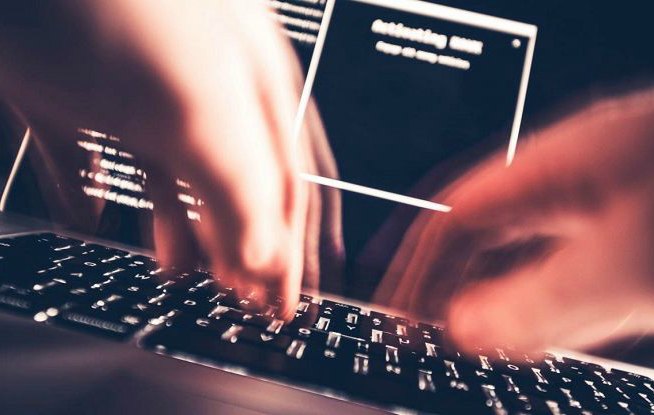After the revelations of the British newspaper The Guardian, Il Mattino di Napoli provides new clues on the alleged hacker attack on Farnesina servers
The story of the alleged computer attack on Farnesina servers is enriched with new details. Despite the denial of the Russian authorities, new sources of the Italian intelligence confirm that a group of Russian hackers would have broken through the defenses of the Ministry of Foreign Affairs and would have managed to seize confidential documents.
The news are reported by the daily newspaper "Il Mattino" of Naples, which cites some officials of the Italian secret services. The attack on the Farnesina servers would be only the last of a long series that would have involved both Italy and other NATO affiliates. In particular, our country would have been the object of several attempts of computer attack, always carried out by the same group of Russian hackers. In an attempt to stop the escalation of attacks, Italy turned to several foreign companies active in the world of computer security, but the results were mixed.
Who are the hackers who attacked Italy
According to the sources quoted by the newspaper "Il Mattino", the authors of the attack on the Farnesina are hackers of the APT29 group, the same hackers who a few months ago were responsible for an attack on the computer system of the Ministry of Defense. It is, in fact, a particularly active group of cyber criminals responsible - according to the information filtering from the intelligence agencies around the world - for several operations conducted against NATO countries (United States and Norway among others)
What data was stolen from the servers of the Farnesina?
According to the official statements released by the Foreign Ministry, the last attack of APT29 did not lead to relevant results: no documents were stolen and confidential information was safe. In passato, però, le cose sono andate diversamente: secondo le fonti de “Il Mattino”, un attacco risalente al 2013 avrebbe permesso ai cybercriminali di impossessarsi di decine di migliaia di documenti riservati e conversazioni private tra ministero ed esponenti del corpo diplomatico italiano.
Le misure di sicurezza informatica dell’Italia
Dall’analisi delle informazioni fornite dalle fonti dell’intelligence, emerge un quadro tutt’altro che roseo per quel che riguarda la sicurezza informatica in Italia. Per difendersi dai pirati informatici, infatti, le autorità italiane si sono rivolte prima a Kaspersky e poi a una società statunitense specializzata in cybersecurity. L’Italia, insomma, non sarebbe stata in grado di difendersi da sé e avrebbe fatto ricorso a esperti stranieri. Una tendenza, però, in inversione: come emerso nel corso della conferenza ITASEC 2017, il nostro Paese si sta dotando di cyber commando pronti a entrare in azione ogni volta ce ne sia bisogno.
Sicurezza informatica, tutto quello che c’è da sapere
 Fonte foto: Shutterstock
Fonte foto: Shutterstock
Non è necessario essere un tecnico informatico per mettersi al riparo dagli hacker. Premi sull’immagine e scopri alcuni suggerimenti facili e immediati
Cliccando sui link che seguono potrete leggere suggerimenti, alcuni più tecnici altri più alla portata di tutti, riguardanti la sicurezza informatica e scoprire le tipologie di attacchi più comuni: dagli attacchi DDoS al phishing, passando per le botnet.
- Salvarsi dagli hacker: 5 errori da non commettere
- Cybersecurity, gli hacker colpiscono 10 milioni di italiani l’anno
- Security Intelligence Report: ecco i principali malware in Italia
- Allarme virus, trojan e ransomware, la guida per difendersi
- Cosa sono i ransomware e come si diffonde il contagio
- Pericolo ransomware: come difendersi con buone pratiche e antivirus
- Dilemma ransomware: è possibile fermare il “virus del riscatto”?
- Attacco ransomware: piccole e medie imprese in pericolo
- Cosa sono gli attacchi DDoS, come nascono e come difendersi
- Basta un attacco hacker sferrato da un PC per mettere KO Internet
- Cos’è il phishing? Una pericolosa truffa: ecco come non abboccare
- Privacy online: ecco come salvaguardare i nostri dati personali
- Come creare password sicura per proteggere l’identità online
- Password troppo semplice, ecco come gli hacker ci rubano i dati
- Addio ai furti di password, ecco la verifica in due passaggi
 Fonte foto: Shutterstock
Fonte foto: Shutterstock
Premi sull’immagine per sopire come difendere i tuoi dati personali
